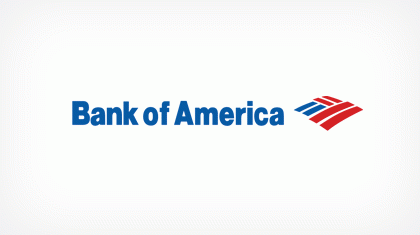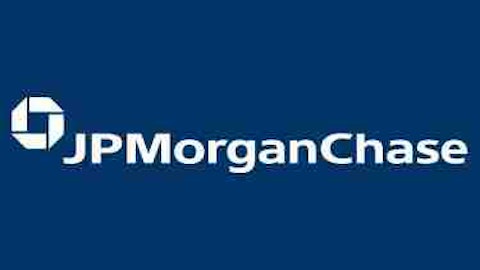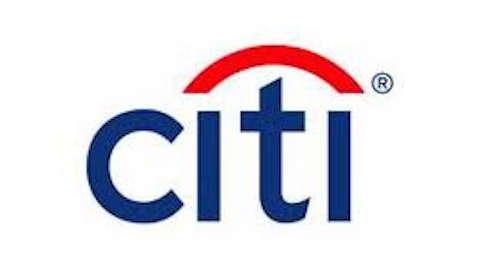Earlier this week, Federal Reserve officials unanimously voted to adopt Basel III capital rules for U.S. banks. Effective Jan. 1, 2014, U.S. banks will have to hold more capital. However, the Fed is looking to go a step further by introducing more measures to strengthen the U.S. banking system. If the Fed goes ahead with its plans, then the move could have major implications for big U.S. banks such as Bank of America Corp (NYSE:BAC), Citigroup Inc (NYSE:C), and JPMorgan Chase & Co. (NYSE:JPM).
Given the increasing regulatory requirements for big banks, the question is whether they will become more like heavily regulated utilities, which have lower risk profiles, but also lower growth opportunities. Before answering that question, let’s look at what Basel III is all about.
What is Basel III?
To prevent a repeat of the financial crisis of 2008, global regulators have worked to make the financial system safer. Regulators believe that this could be achieved by introducing stringent capital requirements for banks and reducing leverage in the financial system — hence the introduction of Basel III.
Members of the Basel Committee on Banking Supervision reached an agreement in September 2010 to impose new rules that would strengthen banks’ balance sheet and avert a crisis like the one seen in 2008. The new set of rules, collectively called Basel III, will require banks to hold common equity tier 1 capital equivalent to 7% of their risk-weighted assets phased in over five years.
Tier 1 capital is a bank’s core capital, and includes equity capital and disclosed reserves. The idea behind the new capital requirement is that if any bank suffers significant losses in the future, it would have the ability to absorb those losses without having a major impact on the global financial system. For instance, when last year JP Morgan suffered huge trading losses, the bank had sufficient tier 1 capital on its balance sheet to absorb the $2 billion loss it suffered. The whole event did not have any major impact on the global financial system.
It may be recalled that during the financial crisis of 2008/2009, several banks that initially said they were well-capitalized ended up asking for a bailout from the government. With this in mind, Basel III also imposes a leverage ratio under which banks will have to hold loss-absorbing capital equal to 3% of total assets. The leverage ratio is a more simple measure, and will prevent banks from finding ways to get around risk-based capital requirements. In other words, the 3% leverage ratio has been designed to ensure that banks do not buildup excessive debt on their balance sheet.
The Federal Reserve wants tougher rules for big banks
The Federal Reserve is apparently planning to implement four new rules that would go beyond Basel III.
One of the rules will be related to the leverage ratio. Daniel Tarullo, who is in charge of regulation at the Fed, told Reuters that the Basel III leverage ratio seems to have been set too low to be an effective counterpart to the risk-weighted capital measures that have been agreed to internationally.
The Fed is planning to double the required minimum leverage ratio for the biggest banks. If implemented, it would certainly make big banks more robust but investors fear that the cost of stability would be lower profitability.





